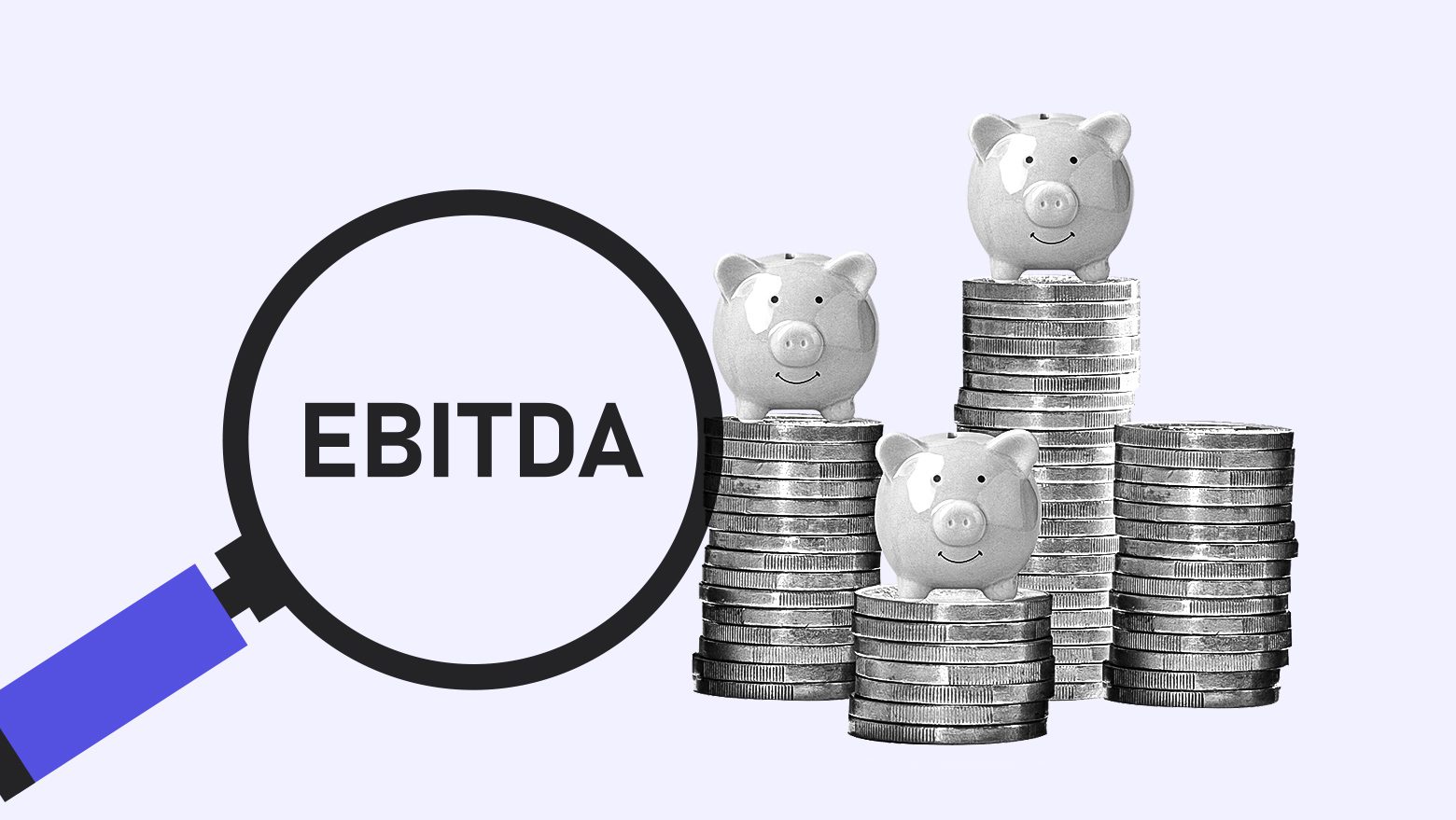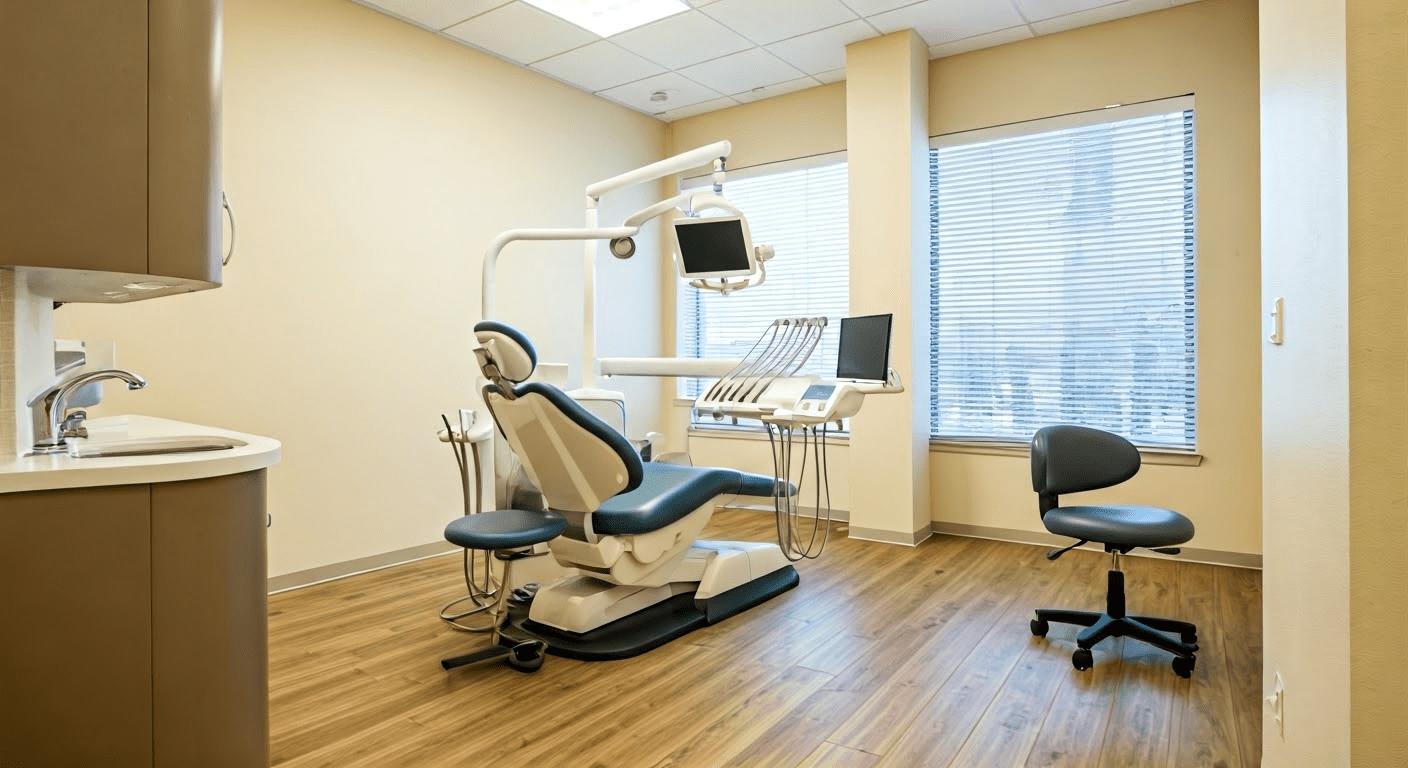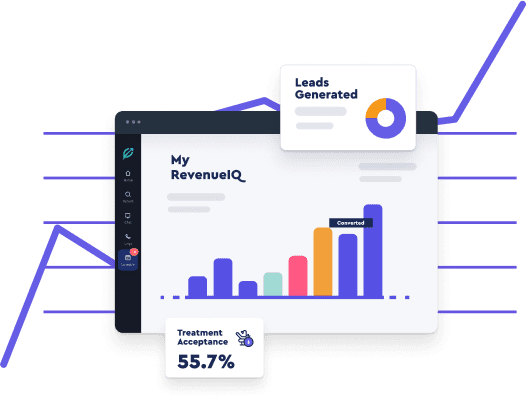Mastering EBITDA for Your Dental Practice: A Simplified Guide

KEY TAKEAWAYS
- EBITDA (Earnings Before Interest, Taxes, Depreciation, and Amortization) is essential for understanding your dental practice’s profitability and financial health.
- It highlights your practice’s core earnings by excluding the noise of debt, taxes, and non-cash expenses.
- In the dental industry, EBITDA is crucial for practice valuations, mergers, acquisitions, and attracting investors.
- By knowing your EBITDA, you can make smarter decisions about investments, growth strategies, and planning for the future.
- Improving your EBITDA can significantly boost your practice’s value and ensure long-term success.
INTRODUCTION
Running a dental practice is about more than just excellent patient care—understanding the numbers behind your practice is vital. While net income is often the go-to metric, there’s another number that can give you a clearer picture of your practice’s financial health: EBITDA. In this guide, we’ll break down what EBITDA is, why it matters, and how it can help elevate your practice’s value.
WHAT IS EBITDA?
EBITDA stands for Earnings Before Interest, Taxes, Depreciation, and Amortization. It’s a way to measure how profitable your practice is from its core operations, without getting tangled up in other costs like loan interest, taxes, or equipment depreciation. Think of EBITDA as a clear lens that shows how much your practice is really earning from patient care, giving you better insight than just looking at net income alone.
EBITDA VS. NET INCOME: WHAT’S THE DIFFERENCE?
Net income is your bottom line after all expenses, including taxes and interest, have been deducted from your total revenue. While it gives a broad overview of profitability, EBITDA hones in on the performance of your practice’s operations. This makes EBITDA a powerful tool for assessing your practice’s real earning potential and attractiveness to buyers or investors.
WHY EBITDA MATTERS IN THE DENTAL INDUSTRY
In the dental world, EBITDA is a game-changer, especially when valuing practices. Unlike net income, which can fluctuate based on accounting or financing decisions, EBITDA offers a straightforward view of operational performance. This makes it easier to compare different practices and understand their true earning power. A healthy EBITDA signals that your practice is not just keeping afloat but thriving, making it a magnet for potential buyers or investors.
HOW TO CALCULATE EBITDA FOR YOUR PRACTICE
Calculating EBITDA might sound intimidating, but it’s simpler than you think. Start with your net income, then add back costs that aren’t part of your daily operations, like interest, taxes, depreciation, and amortization. This gives you a clear snapshot of your practice’s profitability.
Example Calculation:
- Net Income: $100,000
- Interest Expense: $10,000
- Taxes: $20,000
- Depreciation: $5,000
- Amortization: $2,000
EBITDA: $137,000
This calculation uncovers the earnings from your core activities, providing a solid foundation for financial decisions.
USING EBITDA TO IMPROVE YOUR PRACTICE’S PERFORMANCE
EBITDA isn’t just a number—it’s a tool that can help you fine-tune your practice’s performance. Regularly analyzing your EBITDA allows you to identify areas for improvement, make informed decisions, and ultimately increase your practice’s value.
BENCHMARKING YOUR PRACTICE AGAINST INDUSTRY STANDARDS
EBITDA shines when used for benchmarking—comparing your practice’s performance to industry standards. This can highlight where you’re excelling and where you could do better. By knowing how your EBITDA margin compares to other practices, you can make strategic adjustments to enhance your financial health.
STRATEGIES TO IMPROVE YOUR EBITDA
Optimize Costs
Scrutinize your expenses and find ways to reduce costs without sacrificing patient care, like negotiating better deals with suppliers or improving office efficiency.
Increase Revenue
Explore new services, invest in the latest technology, or launch marketing campaigns to attract more patients.
Improve Collections
Ensure timely payments by streamlining your billing process and offering flexible payment options.
These strategies can help boost your EBITDA margin, enhancing your practice’s value and long-term financial health.
EBITDA AND PRACTICE GROWTH
A strong EBITDA isn’t just a reflection of current success; it also paves the way for future growth. Whether you’re looking to expand, invest in new equipment, or attract buyers, a healthy EBITDA makes your practice more attractive and financially secure.
CONCLUSION
Understanding EBITDA is crucial for the financial success of your dental practice, as it provides a clear picture of your practice’s financial health. With the help of tools like Practice by Numbers, you can easily calculate, track, and analyze your EBITDA, ensuring you have the insights needed to make smart, data-driven decisions. By comparing your EBITDA to industry benchmarks, you can identify growth opportunities and implement strategies that increase your practice’s profitability. Stay competitive in the dental industry by using Practice by Numbers to navigate challenges and sustain growth. Regularly monitoring your EBITDA will help keep your practice on a path of financial strength and success.
FAQs
What Is a Good EBITDA Margin for Dental Practices?
EBITDA margins can vary. For dental practices in North America, a good margin usually falls between 18% and 25%. However, this can differ based on your location, specialty, and other factors. Using tools like Practice by Numbers can help you monitor and analyze your profitability more accurately, allowing you to tailor your strategies to your specific situation.
Can EBITDA Influence Practice Sale Prices?
Yes, practice sale prices are often determined using a valuation based on a multiple of EBITDA. The higher your EBITDA, the higher your practice’s potential valuation and market value. Practice by Numbers can help you track and optimize your EBITDA, ensuring that you’re in the best position when it comes time to sell or merge your practice.
How Often Should I Review My Practice’s EBITDA?
It’s advisable to review your practice’s EBITDA at least quarterly. Regular monitoring allows you to keep a close eye on your financial health, adjust your strategies as needed, and make informed business decisions. Practice by Numbers offers robust reporting tools that can simplify this process, helping you stay on top of your financial metrics.
Is It Possible to Have a Negative EBITDA?
Yes, a negative EBITDA is possible and often indicates financial difficulties. It suggests that your practice may not be generating enough revenue to cover its operating costs. Negative EBITDA can also highlight issues with cost management or a lack of sufficient revenue streams. Practice by Numbers can help you identify these problems early and provide insights into how you can improve your financial performance.
Are you ready to revolutionize your practice? Schedule a demo today!
Together, we can elevate the patient experience and redefine the standard of excellence in dental practices nationwide.




